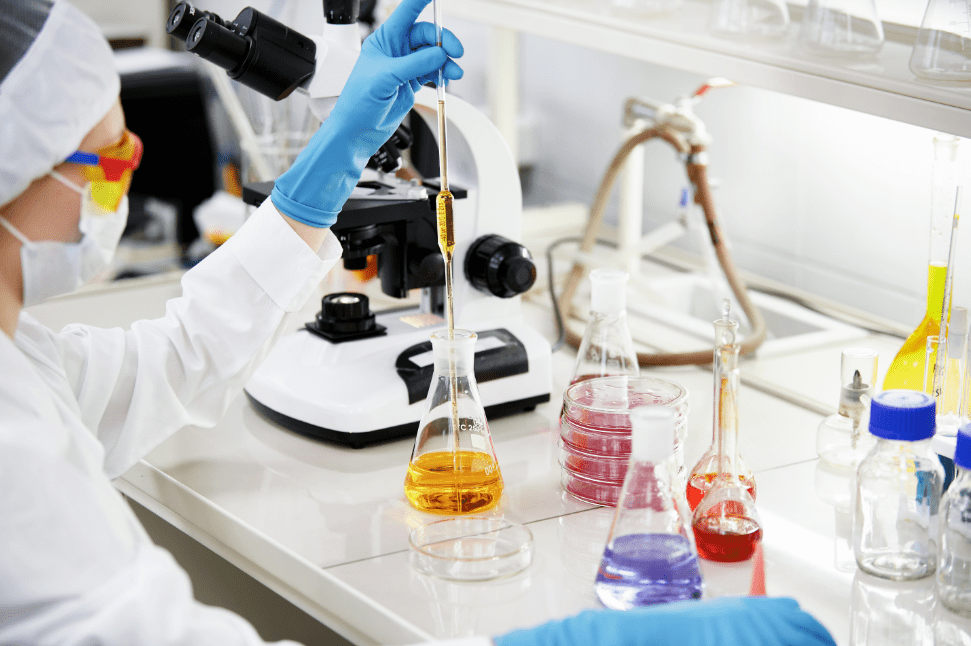
Testing on animals has, for many years, been the only method available for scientists and those involved with developing techniques and procedures to ensure safety in human medicine and surgical procedures. Without such abilities, we would not have many of the major medical breakthroughs we have over the last decade.
Humans and animals suffer from similar diseases, and their organ systems react in a very similar way and perform the same tasks. Mice are among the most widely used species for testing purposes, as we are known to share around 85% of our gene structure with mice, making them an ideal replacement for human test subjects.
Ethical Issues
Manchester Biogel advises that currently animal testing aims to follow the guiding principles of the Three Rs (3Rs) to ensure that testing is carried out in the most ethical manner possible. The 3Rs require that consideration be given to 'Reducing' the number of animals used for testing purposes with regard to obtain the same levels of information from fewer animals, or more information from the same number of animals.
It also calls for 'Refinement' of methods to alleviate or minimise potential pain and enhance animal welfare for those it remains necessary to use. Lastly, 'Replacement' which involves finding practices to avoid or replace the use of animals for research purposes.
Reducing Animal Testing With 3D cell culture and 3D printing
The advancement of 3D printing and the creation of 3D cell cultures has been one such technological advancement that has played an enormous part in reducing the number of animals required for testing purposes. It has also enabled a greater range of scientific studies and medical advances to be carried out on 3D generated materials — thus avoiding the need to use animals for testing safety or efficiency in many cases.
Testing on animals is being replaced in areas such as toxicity testing, drug testing and neuroscience, through the advancement of 3D structures where cells can grow to produce miniature human organs. Cell cultures have aided key developments of cancer treatments, AIDS and sepsis amongst many others, and are routinely becoming used for vaccine production, drug development and chemical safety testing.
Advancement in the capability of 3D cell cultures to assist in many areas, where existing safety has called for animals such as mice, who react similarly to humans, can then be significantly reduced.
Key features of a 3D cell culture
3D cell cultures offer an artificially created environment where biological cells can grow or interact in all three dimensions with their surroundings. A 3D cell culture, in a similar way to in vivo testing, also offers the ability for cells to grow in vitro.
Physiological cellular conditions can be recreated closely by using 3D cell cultures, and stem cells can often exhibit significantly more substantial differentiation potential. This can reduce the time spent by pharmaceutical companies in drugs discovery and assist considerably with the advancement of cures for many cancers and other conditions. They are efficient and easy to use replacement, offering faster and more ethical results than traditional animal testing affords.
For the cells to form and grow, they require added hydrogels to support and provide a structure on which they can grow. Synthetic peptide hydrogels are an adaptable and ideal replacement for traditional animal-derived 3D cell culture products. The ability to recreate the same testing conditions repeatedly is of a grant advantage when carrying out multiple tests requiring the same base conditions.
Where to find a provider
The need to access hydrogels that enable recreatable 3D cultures on a regular and reliable basis must be a consideration of performing cell culture procedures. A key consideration should be the ability to offer the quality provision of chemically defined peptide hydrogels, which are entirely reproducible and specifically designed for use in 3D cell culture, bioprinting, drug discovery and tissue regeneration.
When choosing who could provide such a robust and reliable service, it’s important to consider companies that have the knowledge and experience to create specific solutions suited to your exact requirements. This should be researched properly to ensure they can deliver a service that aligns with your goals.
You may also like
How to Promote Sustainability Among Your Employees
6 Ways to Support Sustainable Businesses in 2021
4 Simple Ways to Host Events with Minimal Environmental Impact
5 Important Ways LED Lighting Can Transform Healthcare Facilities
